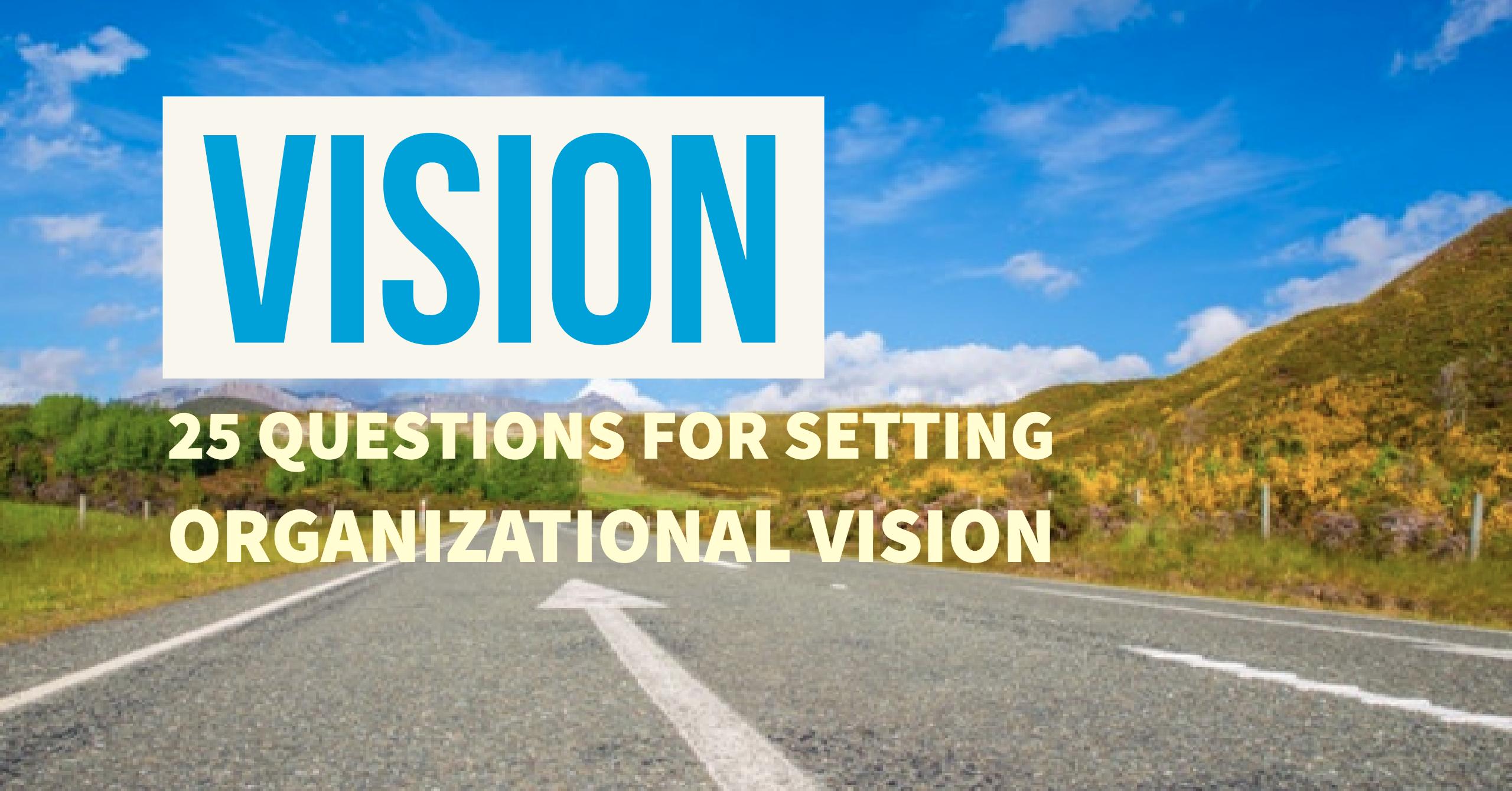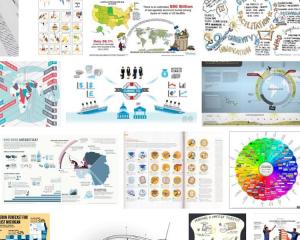 Sometimes the hardest part of facilitating communications is people recognizing that that they need the facilitation. Communications is such an all-encompassing term. We all communicate, in fact, we’re engineered for it. Everything about us is geared towards getting our message out. The way we use our hands, the shape of our vocal chords, even our eyes. We gave up a useful protective camouflage by having so much of our eyes be white and we did it for the sole purpose of better communication.
Sometimes the hardest part of facilitating communications is people recognizing that that they need the facilitation. Communications is such an all-encompassing term. We all communicate, in fact, we’re engineered for it. Everything about us is geared towards getting our message out. The way we use our hands, the shape of our vocal chords, even our eyes. We gave up a useful protective camouflage by having so much of our eyes be white and we did it for the sole purpose of better communication.
With so much focussed on enhancing our capacity to communicate, it’s not surprising that we would struggle with the concept of a professional communicator, after all, isn’t it an inherent human trait? Yes and no. Yes, we are geared to express ourselves, but we are geared to express ourselves best inside our own tribe.
 Think of a group of chemists having a wonderful conversation on the molecular structure of various substances. They could have a heated debate or energetic agreement, but it’s unlikely that the average person could join in or even follow the exchange. The language would be specific to their field of interest and particular knowledge. Seems obvious enough, but often when it comes to organizational communications, or even person to person communications the deliverer of the message takes for granted that all listeners will understand what is being said. Wilbur Shramm put it simply and said that for understanding to take place between the source (sender) of the message and the destination (recipient), they must have something in common. Communicators work to identify and develop that common ground.
Think of a group of chemists having a wonderful conversation on the molecular structure of various substances. They could have a heated debate or energetic agreement, but it’s unlikely that the average person could join in or even follow the exchange. The language would be specific to their field of interest and particular knowledge. Seems obvious enough, but often when it comes to organizational communications, or even person to person communications the deliverer of the message takes for granted that all listeners will understand what is being said. Wilbur Shramm put it simply and said that for understanding to take place between the source (sender) of the message and the destination (recipient), they must have something in common. Communicators work to identify and develop that common ground.
In my work as a liaison between organizations it became very clear how easy it was to misinterpret messages. Let me give you an example, a national organization set out to build closer ties with its provincial counterparts. In an effort to express their desire to enhance relations, they decided to give a gift or peace offering to several provincial organizations. Nova Scotia said thanks, Ontario didn’t respond and Alberta got angry. What happened?
Traditionally the organization I represented would speculate on the reasons for the various responses, determine what they thought the problem might be and then decide not to offer a similar gift again. However as I was tasked with building the relationships, I opted to visit Alberta. Why speculate about the answer when I could just ask them what was going on? By meeting them in person I would be able to not just hear them but see what their body’s had to say.
I flew to Edmonton and met with the CEO and second in command to ask them, why the gift had upset them. Imagine my surprise when they explained that they would not tolerate attempts to restrict or in any other way control them. Since the peace offering came in the form of a free publication that could be altered to reflect the needs of the user, I was flabbergasted and asked them to explain further. Through discussion it was eventually revealed that the sample we had sent had images that were inconsistent with local activities…I said we could change the images to whatever they thought would suite. They said the literary content was out of date with the local practices. I said they could change the content to reflect local objectives. “But, that would cost a lot of money if you did that for all of us!” exclaimed the disbelieving executive.
“That’s why it’s a gift.” I said. After an awkward silence we started laughing. I asked why they thought we would not change the content or images when we had offered to do so from the start. It turns out that historically there had been a somewhat patriarchal relationship between the two organizations and although the people had changed, the nature of the relationship had not. Over time, the provincial organization had grown to resent the national body and felt they didn’t understand their needs. There was also an expectation of disagreement on both sides. The national organization expected the provincial organization to reject anything they said or suggested, so didn’t spend much time investigating the reasons. The dance pattern had been set and the dance partners chosen. No one veered from the pattern or suggested a change in music. Since there was a tacit understanding on what to expect, at every encounter the assumptions would grow until the estrangement was so loaded that even a peace offering could be interpreted as a threat.
What communicators do is work to understand the perceptions of the source and the destination and make sure that the signal or message is delivered in an environment of mutual understanding. In order to do that effectively we have to be able to step into everyone’s shoes, even if just for a moment and see the world from their perspective. This is why market research and environmental scans are such an essential part of developing how messages are delivered.
Have you ever had to put yourself in someone else’s place? Did you learn from the process? Have you ever had your message completely misinterpreted?



